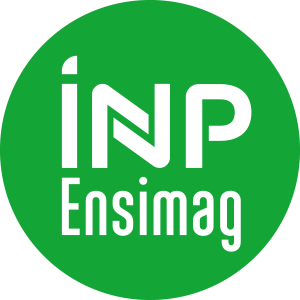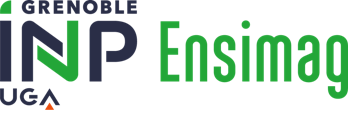Number of hours
- Lectures 8.25
- Tutorials 8.25
- Laboratory works 16.5
ECTS
ECTS 2.5
Goal(s)
3D Virtual Worlds are omnipresent in a wide range of applications, from entertainment and culture - special effects, 3D feature films, video games, reconstruction of cultural heritage for museums - to industrial applications such as the design of virtual prototypes or professional training through interactive simulators.
This course is an introduction to Computer Graphics: it presents the basic techniques to model 3D shapes, deform and animate them over time and to render them into images and movies of the corresponding 3D world.
Applications to virtual characters and to natural scenes modeled at different level of details (LOD) will studied.
Throughout the course, students will be trained to OpenGL programming and work on a "case study" project, which will give them the opportunity to do some personal reading and combine the methods they have studied to create their own animated 3D scene.
Contact Franck HETROYContent(s)
1. Projective rendering techniques: graphic pipe-line, shading, textures and aliasing problems. Introduction to realistic rendering (ray-tracing).
2. Computer Animation. Kinematic and procedural methods, introduction to physically-based models through point-based physics & collision processing.
3. Geometric modeling. Representation and creation of 3D shapes, deformation techniques.
4. Case studies: layered models for characters and LODs for natural scenes.
Prerequisites
Programming in C or C++
The exam is given in english only 
Session 1 (N1):
A two-hours written exam (all printed documents accepted)
1 project assignment per group of 3 or 4 students
Session 2 (N2): the exam mark E1 will be replace by the mark of a new exam, with will be either written or oral depending on the number of concerned students. The project mark will remain unchanged.
N1 = 1/2 E1 + 1/2 P
N2 = 1/2 E2 + 1/2 P
Note finale = 1/2 examen (E1 ou E2 selon la session) + 1/2 mini-projet (P)
N1 = 1/2 E1 + 1/2 P
N2 = 1/2 E2 + 1/2 P
la note d'examen (E1) pourra être remplacée par une note d'oral ou d'écrit de rattrapage, selon le nombre d'élèves concernés (E2). La note de projet restera inchangée.
Note de session 2: la note d'examen (E1) pourra être remplacée par une note d'oral ou d'écrit de rattrapage, selon le nombre d'élèves concernés (E2). La note de projet restera inchangée.
N1 = 1/2 E1 + 1/2 p
N2 = E2 + 1/2 P
This course is given in english only 
- J. D. Foley and A. van Dam and Steven K. Feiner and John F. Hughes
Fundamentals of Interactive Computer Graphics
Addison-Wesley Publishing Company, 1990.
- E. Angel
Interactive Computer Graphics: A Top Down Approach with OpenGL,
Addison-Wesley Publishing Company, 2003.



